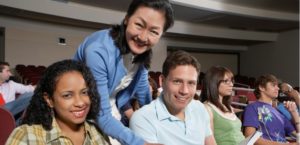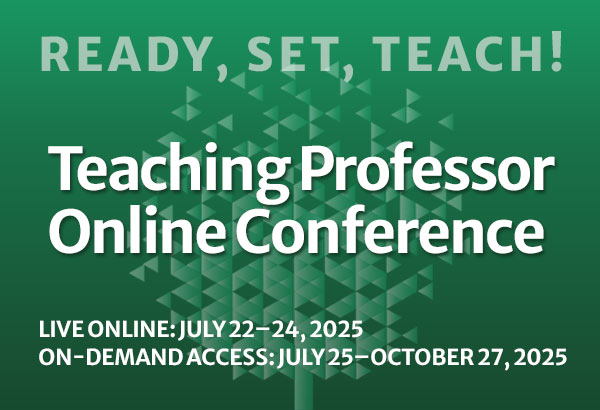
Understanding Instructional Change and Teacher Growth
Why this article is worth discussing: For most teachers, change keeps their courses fresh and invigorated. It’s an antidote to all about teaching that doesn’t change: content fundamentals, courses taught, passive students, exams, assignments, and grading—a list we can polish off with committee work. Despite











